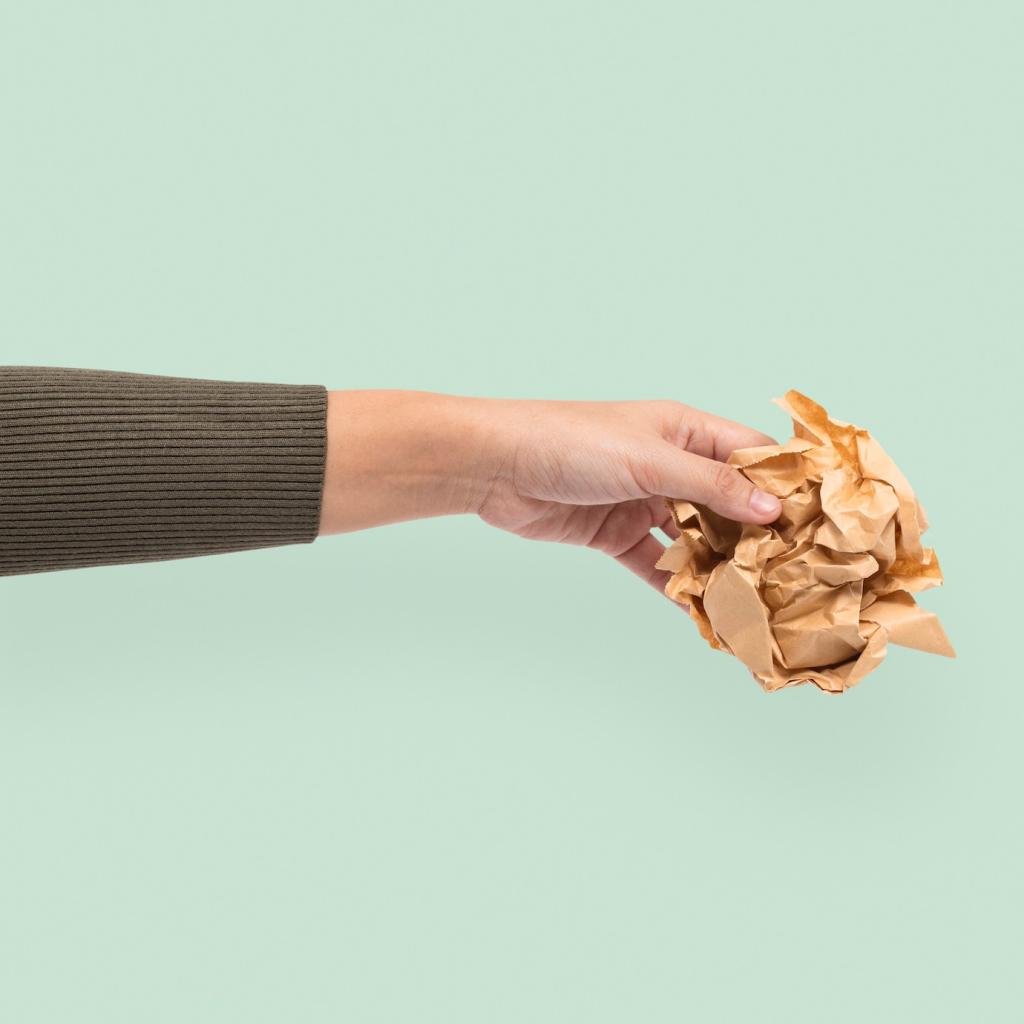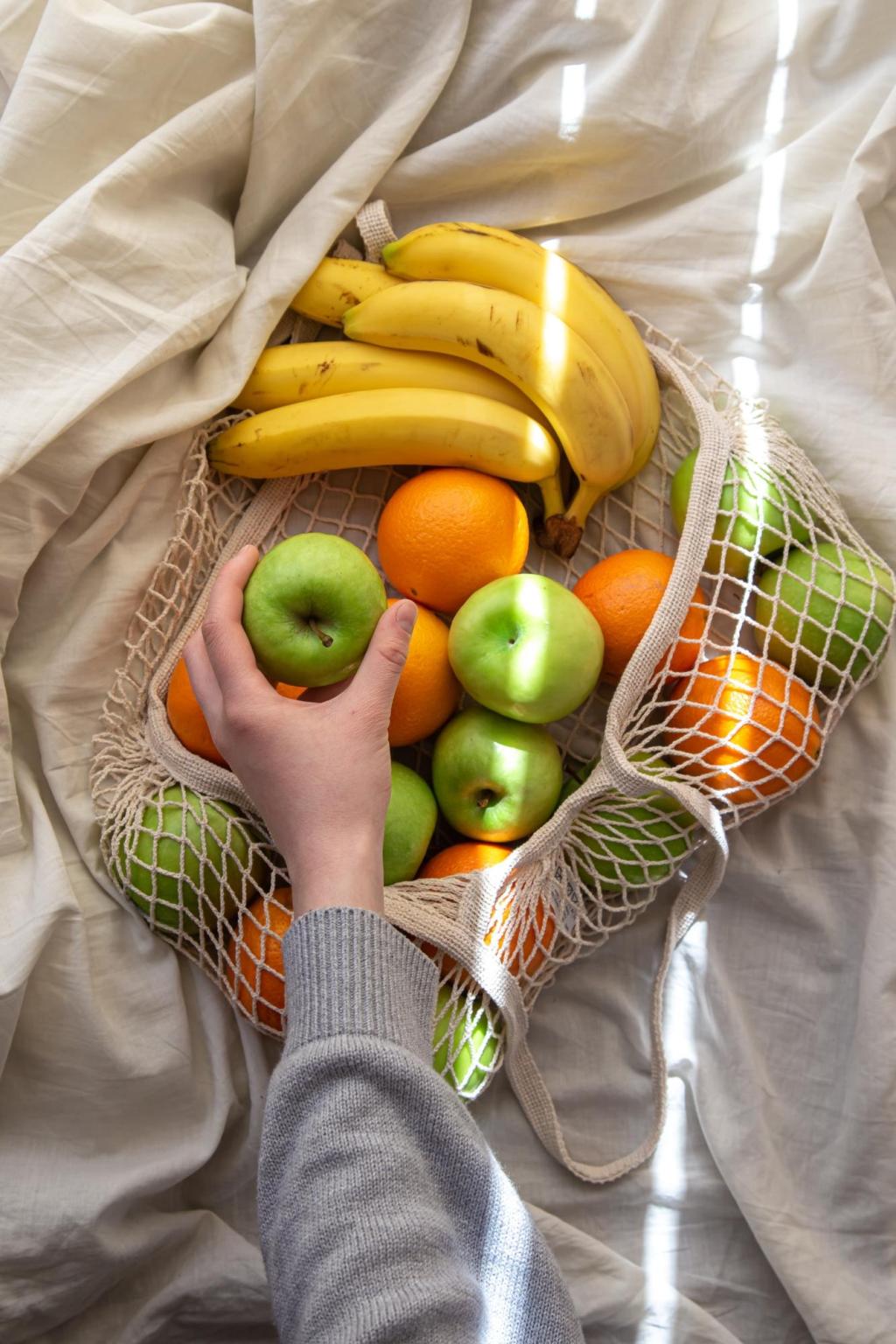Upcycling and Repurposing in Modern Interiors
Upcycling and repurposing have emerged as powerful trends in modern interior design, championing sustainability and creativity by breathing new life into old materials and objects. Far beyond a simple recycling effort, these practices seek to transform items with history into unique pieces that both decorate and serve functional purposes in our homes. As eco-consciousness grows, upcycling and repurposing provide an innovative way to personalize interiors, reduce waste, and express individuality through thoughtful design choices. This approach not only benefits the environment but also offers a distinct aesthetic that sets apart modern living spaces.


Sustainability in Interior Design
Sustainability has become a crucial consideration in contemporary interiors, and upcycling plays a leading role in this movement. By diverting items from landfills and reducing the demand for new resources, upcycling lessens the environmental impact associated with manufacturing and waste. Repurposed décor often celebrates imperfections, incorporating history and character into every room. This mindful approach allows individuals to align their personal values with their home environment, fostering deeper connections to the spaces they inhabit and the objects that fill them.
Creativity and Personal Expression
Upcycling and repurposing invite limitless creativity, challenging traditional notions of what constitutes home décor. Transforming a weathered door into a dining table or turning glass bottles into pendant lights reflects a commitment to individuality and artistic experimentation. Homes that feature repurposed elements are beautifully unique, often telling stories through the origins of each piece. This creative freedom not only enhances aesthetic appeal but also encourages a renewed appreciation for everyday materials and forgotten artifacts.
Economic and Emotional Value
Choosing to upcycle or repurpose items often results in significant cost savings compared to purchasing new décor. Beyond finances, each transformation becomes a labor of love, investing time and intention into the creation of something meaningful. These pieces are imbued with personal stories—whether salvaged from family heirlooms, found treasures, or materials collected over time. The resulting interiors are layered with emotional resonance, making the home a true reflection of its inhabitants and their journey.
Spotlight on Iconic Upcycled Designs
Furniture with a Past
From industrial workbenches reinvented as console tables to vintage trunks serving as rustic coffee tables, upcycled furniture pieces often carry a fascinating backstory. These items stand out not only for their one-of-a-kind appearance but also for their durability and craftsmanship, originally built to last. Integrating such pieces into contemporary interiors enhances the sense of history within a space while making a bold statement about sustainability and style.
Lighting Reimagined
Lighting offers a platform for extraordinary upcycling creativity, as virtually anything can become a unique luminaire. Vintage colanders can be transformed into pendant lights, and old pipes may find new life as sculptural lamp bases. These lighting solutions capture the imagination and create dynamic focal points, illuminating spaces not only with light but with character and innovation. The use of unexpected materials challenges traditional design norms and brings new narratives into the home.
Accessories and Small Touches
Sometimes the most impactful upcycled elements are those that add subtle character to a space. Picture frames crafted from reclaimed wood, mirrors bordered with bicycle chains, or shelving fashioned from discarded crates illustrate how small touches can have a big effect. These repurposed accessories infuse homes with originality and warmth, often sparking conversation and inspiring others to explore upcycling in their own decorative projects.
Upcycling Techniques and Materials
Restoration involves returning a piece to a usable, sometimes original, condition—cleaning, repairing, and refinishing surfaces to reveal their beauty and utility. This process might include sanding down wood, repainting, or replacing hardware. While the aim is often preservation, surprising updates—such as introducing bold color or eclectic finishes—can give old items a starring role in modern settings while maintaining their authenticity and charm.
Repurposing items often requires inventive construction techniques, where objects are taken apart and creatively reassembled to serve new functions. For instance, an old ladder can become a striking bookshelf or a set of drawers might unite as the base for a new bathroom vanity. These projects demand ingenuity and a willingness to experiment, resulting in truly one-of-a-kind pieces that merge practicality with inspired design.
Modern upcycling often involves blending materials and techniques, such as combining metal, glass, and wood in a single creation. Hybrid approaches invite the merging of traditional craftsmanship—like upholstery or woodworking—with digital fabrication methods or innovative finishes. These experiments yield striking designs that push the boundaries of what upcycled interiors can achieve, marrying sustainability with the spirit of invention and aesthetic adventure.

Join our mailing list
